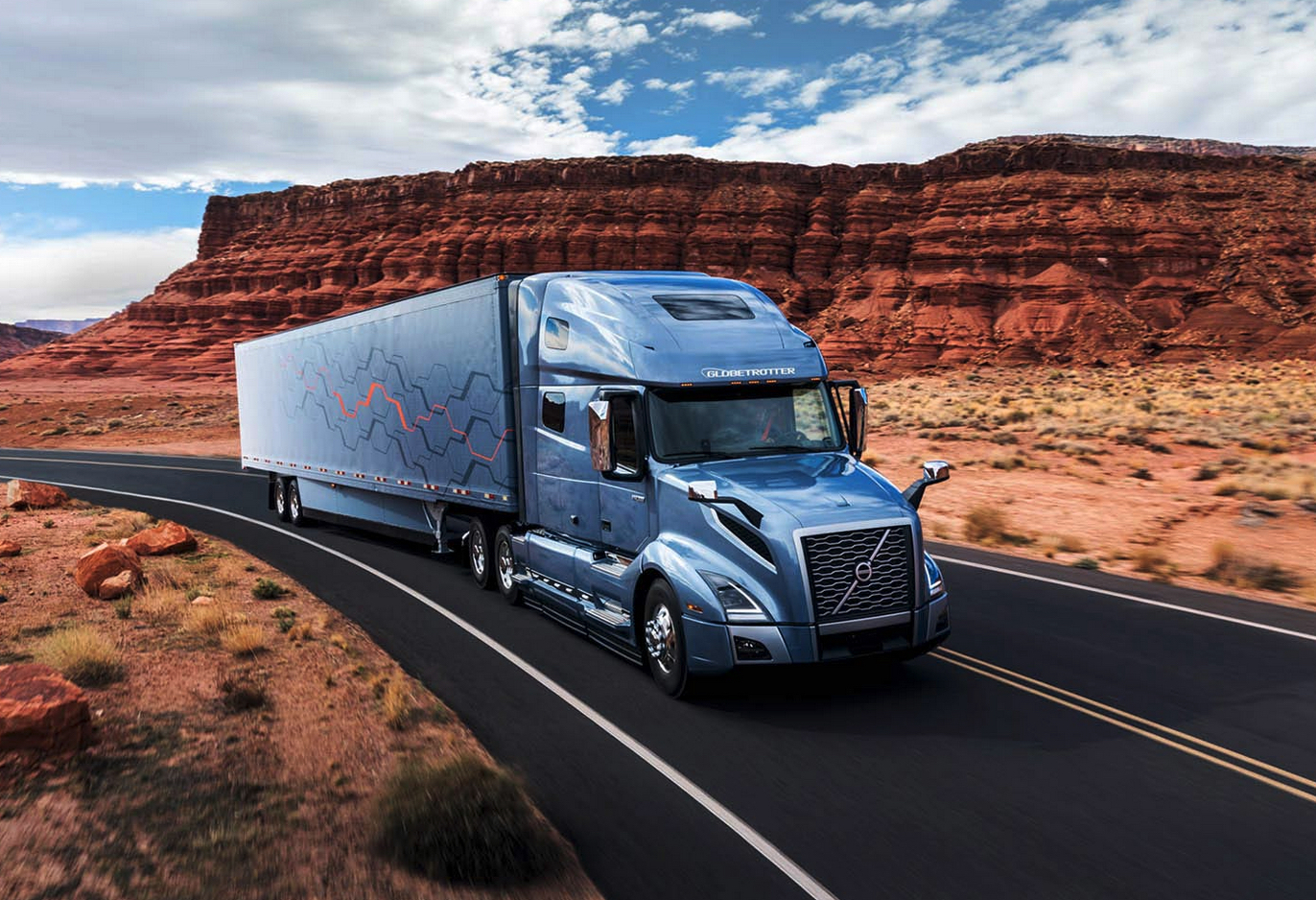ADS might make Trucking better for Drivers Instead of Eliminating Jobs
A US DOT and US Department of Labor Analysis of Potential Workforce Impacts predicted ADS (automated driving systems) to gradually eliminate driving jobs in the future.
This opinion is shared broadly. For example San Diego news reports ADS could be a threat to trucker jobs.

So why hasn’t this happened already? One would think that with truck driver shortages and supply chain disruptions that ADS should already be operating already, and – if this opinion is correct – already be reducing driver shortages.
But we aren’t seeing that. We are still years away from self-driving vehicles.
One answer may be that driver responsibilities include “many other non-driving tasks”. From the DOT Document (section 2.3.7) these responsibilities include the following:
• Freight handling
• Cargo security
• Customer communications
• Paperwork
• Operating non-truck equipment
• Route planning
• Securing loads
• Fueling the vehicle
• Conducting safety inspections of the vehicle
• Identifying maintenance needs and either informing the trucking firm of those needs or arranging maintenance of those vehicles
Clearly, the task of operating and driving a truck is a lot more complex than just navigating a map, avoiding obstacles and following road rules. Is the technology able to handle all of the above? And even if it could, would it be worth the effort given the variety of the above tasks?
In addition to technology limitations, ADS may be less economical than predicted. For example, looking at the vehicle on Waymo’s home page video. The amount of devices on this vehicle weigh hundreds of pounds, including an absurdly large sensor on the roof. These electronics are going to require frequent service – especially when affected by weather conditions, snow, ice, rain, etc.
Who will do this maintenance?
When ADS does happen, it’s probably going to be the driver doing the maintenance.
A more human view of how we use technology is necessary. Instead of eliminating these jobs, perhaps technology creates more and better jobs?
Because it’s important to get younger people interested in becoming drivers, guiding technology to improve truck driving may benefit the recruitment of new drivers. After all, why would anyone sign up for a job that will be eliminated in the near future?
Imagine a driver spending most time monitoring the “driver-assisted truck”. Flat stretches may be spent on auto-pilot. The driver can catch up on technical manuals, updating customers, optimize routing, planning the next LTL load and arranging maintenance stops. Then he or she takes over to drive that last mile when the straight haul is over.
In this vision of ADS, truck drivers will become entrepreneur technicians in a rolling, high-tech office. This may be accompanied with greater pay and benefits.
This will certainly entail lots of technical training. It will also require a willingness for companies to pay for employee training. And drivers need to focus on technical training for themselves to ensure they are ready for these changes.
Of course, technology doesn’t guarantee a better life for truckers. The possibilities need to be assessed realistically – and without rose-colored glasses.
But, the direction is up to us. iQtransit looks forward to a more human future. One where people always come first.
Our goal is to make sure we improve driver’s jobs as we move to the exciting future of ADS.
